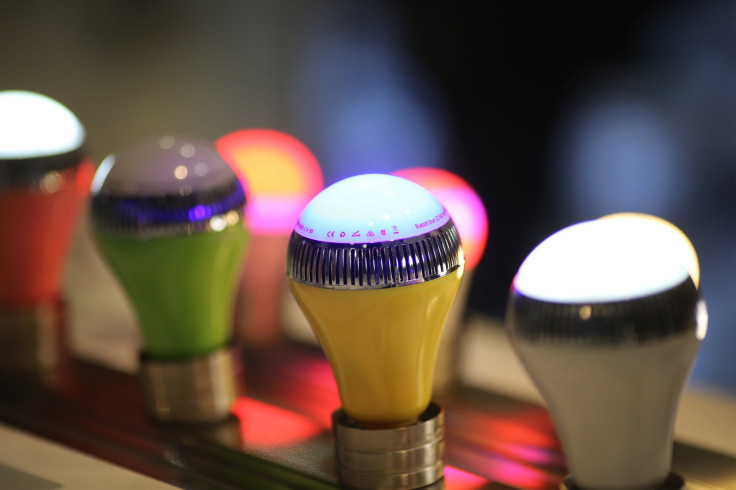Is It Time To Replace LED Lights At Home? Experts Say Yes

Light-emitting diodes (LEDs) have become the new source of lighting. They are widely used in many homes as they are considered economical. But little is known about the health problems associated with LEDs.
The French Agency for Food, Environmental and Occupational Health & Safety (ANSES) has warned people about the blue light emitted from LED lights. A report by the agency states that the increasing use of this lighting in the homes can affect the eye’s retina. Gradually, the light can also disturb the biological and sleep rhythms.
“The intense wavelengths in the blue part of the spectrum of light emitted by LEDs, and the associated radiation intensity, raise the question of new health risks related to these sources of lighting,” ANSES stated in a report.
A research carried out by the agency has raised concerns about the greater risks associated with LEDs. New scientific evidence has confirmed the risks associated with this type of lighting depends on duration of exposure to it.
A short-term exposure to high-intensity lighting can lead to “phototoxic effects”, which is a type of photosensitivity. Phototoxicity is also known as a chemically induced skin irritation called photoirritation that requires light.
Meanwhile, repeated exposure to low-intensity blue lights can cause age-related macular degeneration (AMD).It is a common eye problem that affects the vision of people above the age group of 50. This eye condition can cause damage to the macula, a small spot at the center of the retina that provides sharp, central vision.
“Populations that are particularly sensitive to this risk or that are highly exposed to blue light have been identified and include children, people with certain eye diseases and certain professional groups exposed to high-intensity light,” ANSES stated.
The agency has recommended a restriction in sales of high intensity LED light systems to the general public. It is because blue light involves higher risks than conventional lighting. ANSES also recommended that information on the level of photobiological safety and the light quality should be labelled on the lighting systems.
The researchers even recommended “compliance with standards concerning visual comfort and ergonomics in the workplace and in the home”. They concluded the report by stating that reduction of the radiance of LEDs, particularly via optical devices or suitable light fixtures will limit the risk of glare.
© Copyright IBTimes 2025. All rights reserved.





















